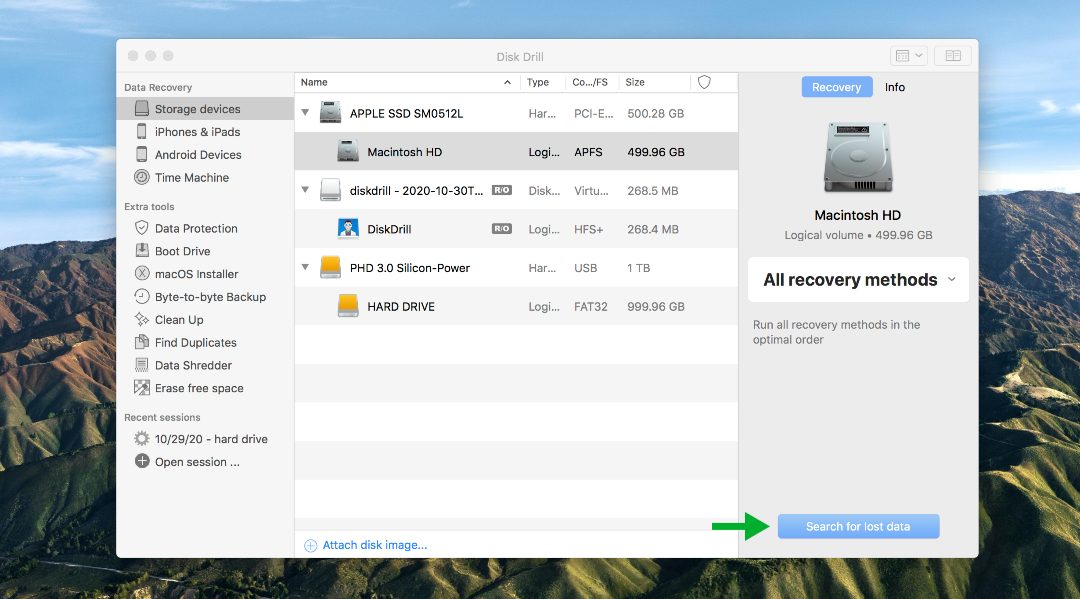

Well, according to Dana Gunders, staff scientist at the Natural Resources Defense Council and author of the forthcoming book Waste-Free Kitchen Handbook, saucing up that pasta may not be the worst idea. What do you do? Do you eat a sad bowl of sauceless spaghetti, or do you defy the numbers and run the risk of consuming mold just for a serving or two of garlicky veggies?

RELATED: 5 Astonishing Facts About the Food We Throw in the Trash

But the sauce is already a week past its “freshest by” date, and after wrestling off the cap you notice some blue-black, fuzzy spots of mold on the rim of the jar. That’s the golden ticket-it would turn your sad bowl of noodles into a full-fledged, respectable meal. Then you remember that the little glint of red you’ve been seeing in the farthest corner of your fridge for the past three weeks was once a freshly popped jar of marinara sauce. Stomach rumbling, you begin the all-too-familiar ritual of rifling through the fridge and pantry, looking for any combination of grains, meats, and/or vegetables that could pass for a reasonable meal.īehind a forever-unopened, industrial-size box of raisins, you find a plastic parcel of dried spaghetti. You get home from a long day at work when the sad realization hits you: You haven’t been grocery shopping in weeks.


 0 kommentar(er)
0 kommentar(er)
